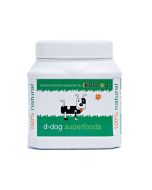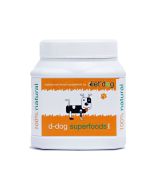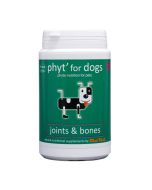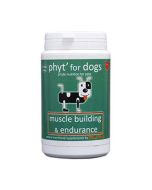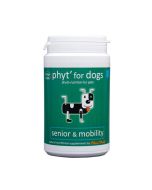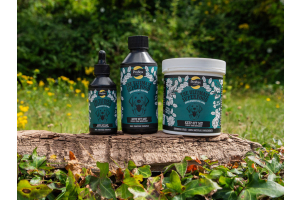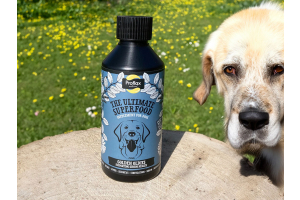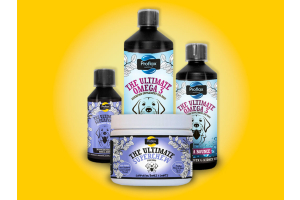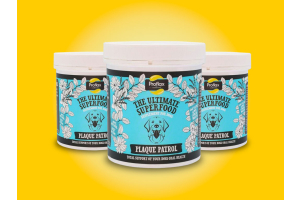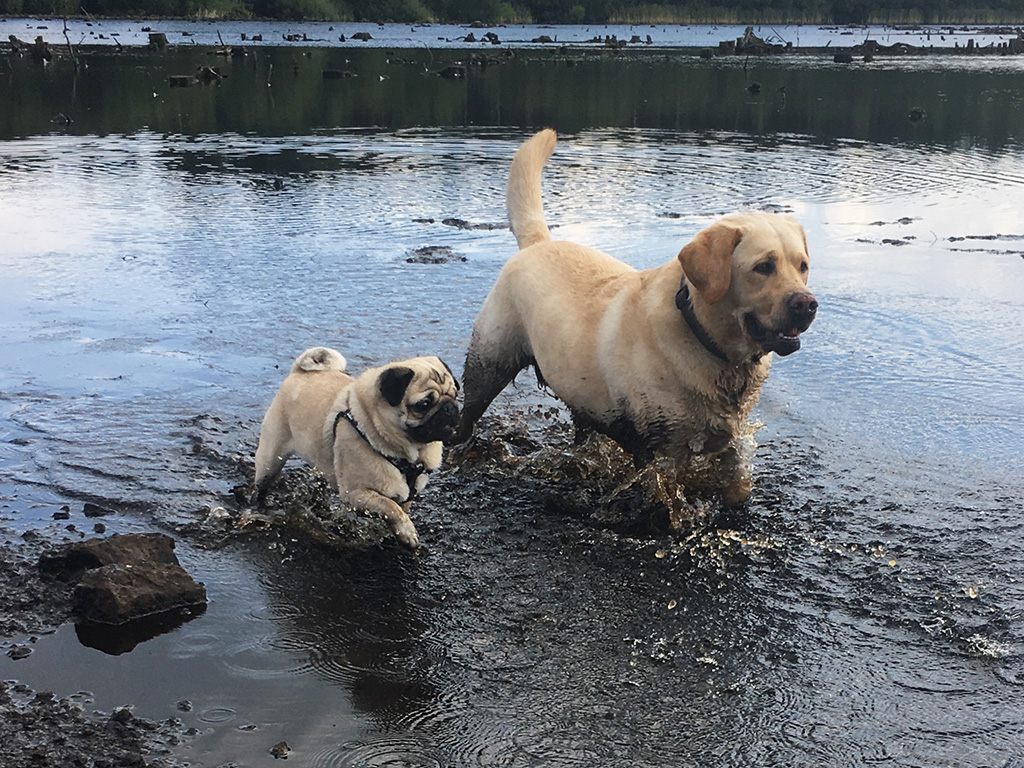
Over my more than forty years in veterinary practice there are certain conditions that I have seen far more commonly than others. In the 'top ten' of health problems are definitely itchy skins, recurrent digestive upsets, and persistent ear infections. Also in the unwanted hit parade of dog (and cat) disorders is joint disease.
Many, if not all, of the conditions in the hit list are treatable and often preventable by attention to diet and to natural supplements. This certainly applies to joint disease.
When you take on the responsibility of a new puppy, there are many decisions to make and much to learn – decisions about what to feed, whether to neuter, when to vaccinate, how best to socialise and so on. Generally not much thought is given to joint health, because it's not a problem you expect to happen until much later in a dog's life. But now is exactly the right time to think of encouraging healthy bone and joint development – after all, these joints will have to last a lifetime and be subject to falls, knocks, twists, turns, sprains, strains and sudden acceleration and deceleration. In other words, running around and enjoying being a dog!
EXERCISE & NEUTERING
Young puppies do need exercise but, especially in large breeds, it's important not to over exercise. This can damage growing joints and some kinds of exercise, such as running up and down stairs repeatedly, are best avoided till maturity. It's also best, if you decide to have your dog neutered, not to have this done too early. Dogs that are neutered before the bones finish growing are likely to have malformed joints, because the hormones that 'tell' the bones to stop growing at the right time have been removed by early neutering. Of course, different breeds mature at different ages, so check with your vet or breeder on this.
For older dogs exercise is also important – joints that are not used stiffen up, and muscles weaken. For most older dogs little and often is the maxim – avoid long spells of exercise but give several shorter walks and runs a day, time permitting.

DIET
Diet is vital. In my experience dogs that are fed on processed food, especially dry kibble, are more prone to joint disease than those fed on natural diets, either raw or fresh food, with real meat and a high protein, low carbohydrate content. So, from puppies to seniors, feed a high quality, high protein diet. It's a fallacy that older dogs need less protein; as wear and tear takes place there is a need for protein to keep repairing tissues, including muscles and joints.
SUPPLEMENTATION
And what else can encourage joints to grow to be strong and robust and stay that way, or to help damaged or arthritic joints to become stronger and less stiff and inflamed? Diet’Dog has several invaluable products that can help.
For young and old, a regular course of D-Dog Superfoods/D-Dog Superfoods Beta is advisable. This is a combination of green superfoods such as Spirulina and Chlorella, along with flax seed oil, Brewer's yeast and many more heath promoting ingredients. This remarkable blend supports a strong immune system, improves skin and coat condition, benefits digestive health, and also promotes development and maintenance of ligaments, bones and joints.
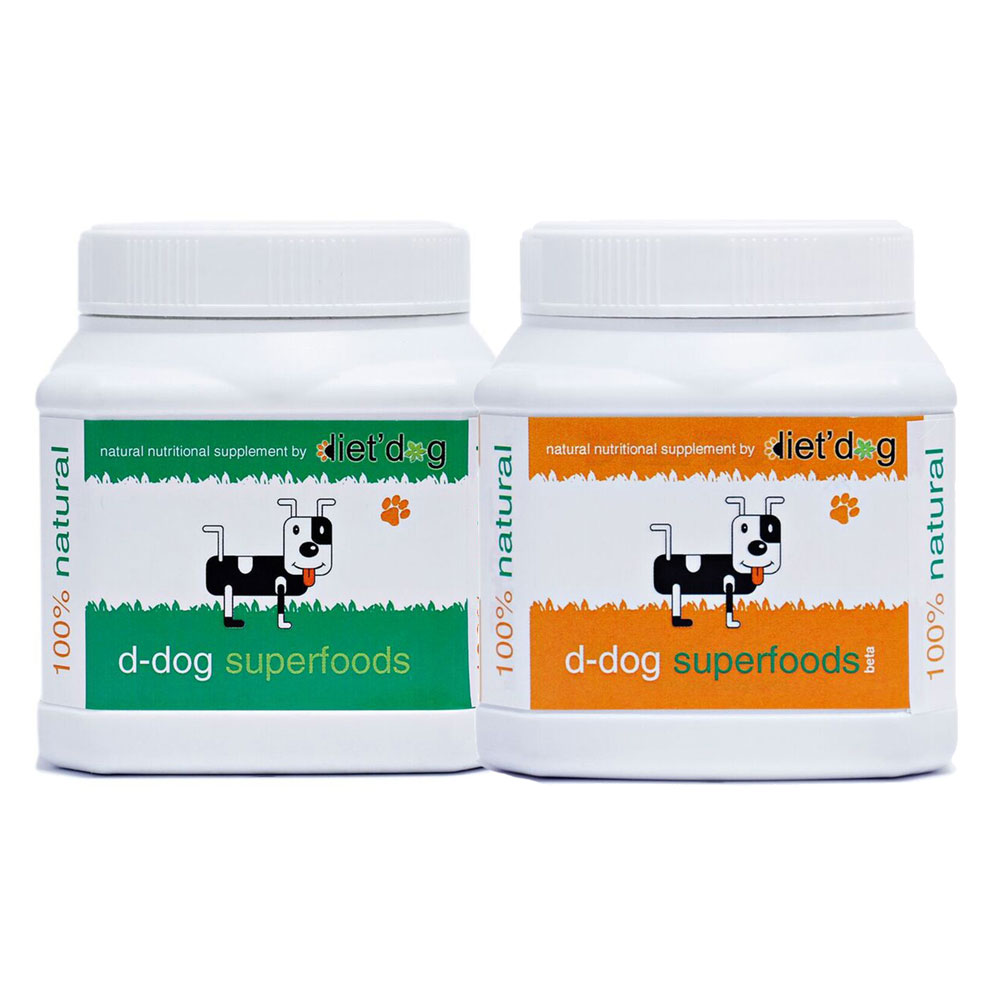
More specifically D-Dog Joints and Bones is, as the name suggests, a supplement for the health of joints and bones in particular. It comprises a specially formulated blend of marine sourced Chondroitin, Glucosamine and Collagen, along with MSM and a variety of herbs and minerals from natural sources (such as Oyster shell). This combination promotes the production of new cartilage and slows down the deterioration of existing cartilage; it also soothes stiff joints and helps restore function of joints after accidents and injuries.
It's ideal to give a course of Joints and Bones to speed recovery from sprains and strains, after orthopaedic surgery, or after any kind of bone or joint injury, but it's also wise to give a course several times a year to dogs who are reaching middle age to help keep joints in good health as they get older.
As in humans, what constitutes middle age is a difficult question to answer, but generally in small breeds of dogs I take middle age as starting at about from about 9 years of age, medium breeds from about 7 years and large breeds from 5 years.
For older dogs Senior and Mobility is ideal. This has a high proportion of herbs that are anti-inflammatory, such as Devil's Claw, Horsetail and Meadowsweet, as well as herbs and other natural ingredients that support general joint health, It is always beneficial to give this regularly to dogs that are arthritic, or have had joint damage in earlier life, and need a natural anti-inflammatory combination to ease aching joints and improve mobility. It can, and should, be used along with Joints and Bones for dogs that have serious long term joint disease.
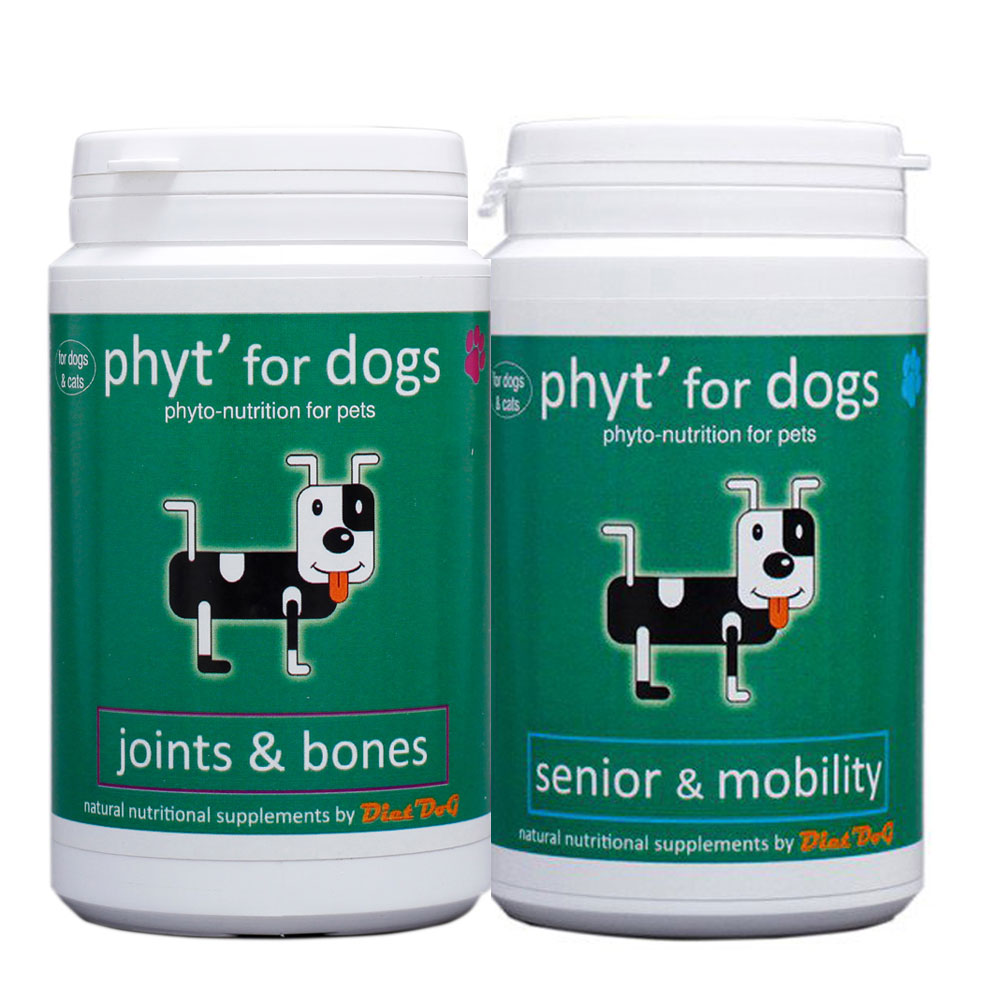
Whatever the age of your dog, young or old, think of their bones and joints and make sure you give them the best diet, appropriate exercise and, definitely, one or more of the Diet’Dog range mentioned above. I'm not sure which one I need …. am I middle aged or senior? I think I'm middle aged – my sons think I'm not just senior but over the hill and far away!
This blog was written by Dr Richard Allport BVetMed, VetMFHom, MRCVS for Diet’Dog, 19 December 2017
